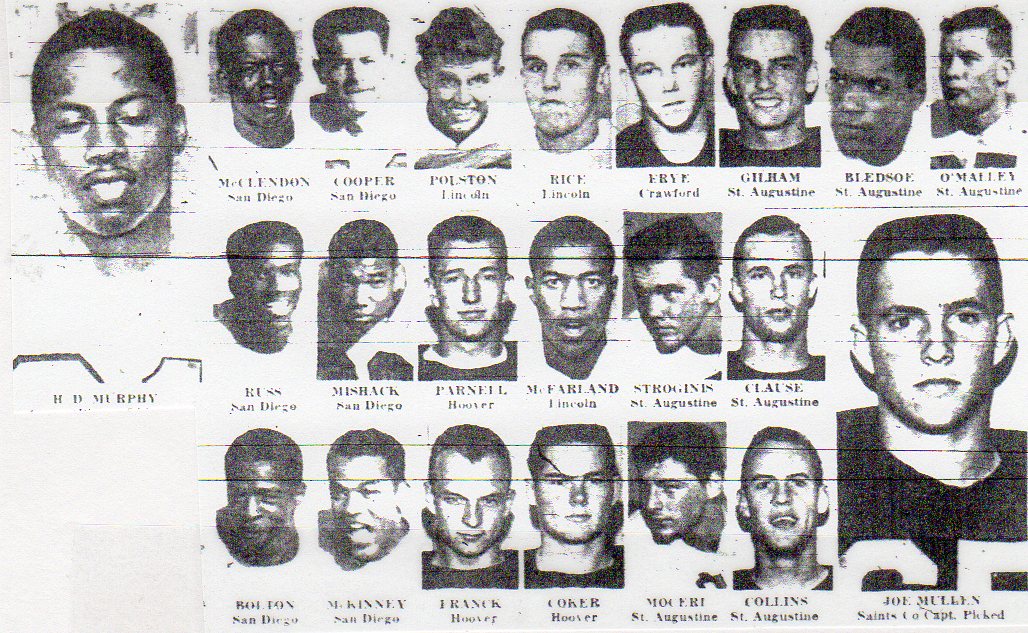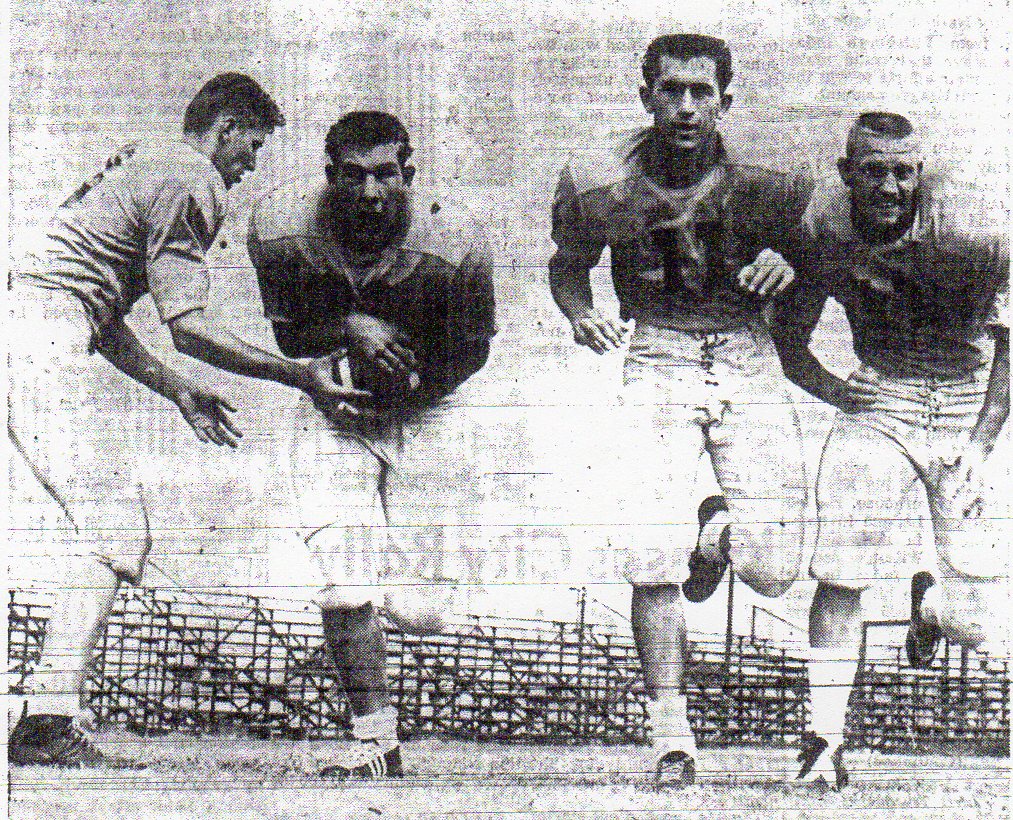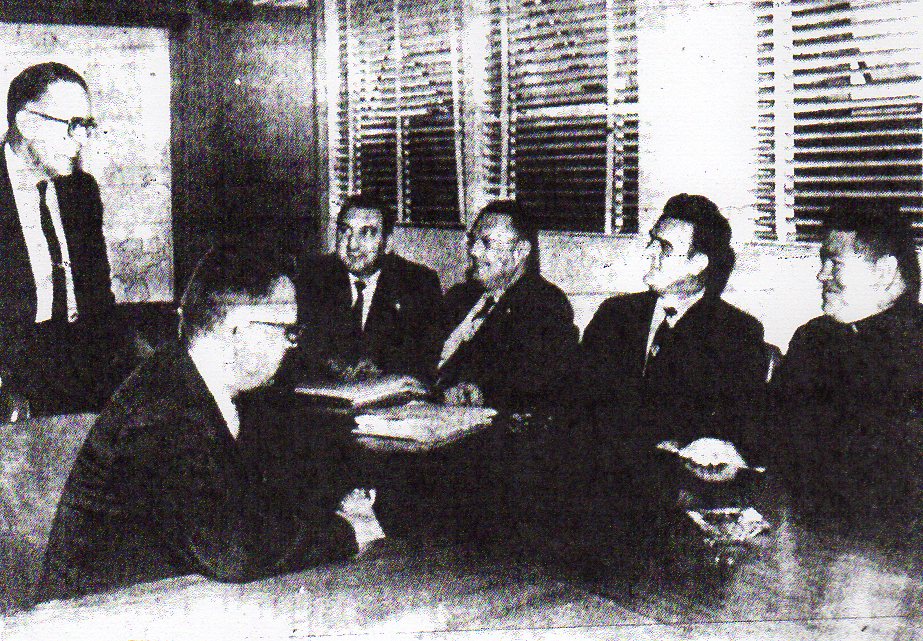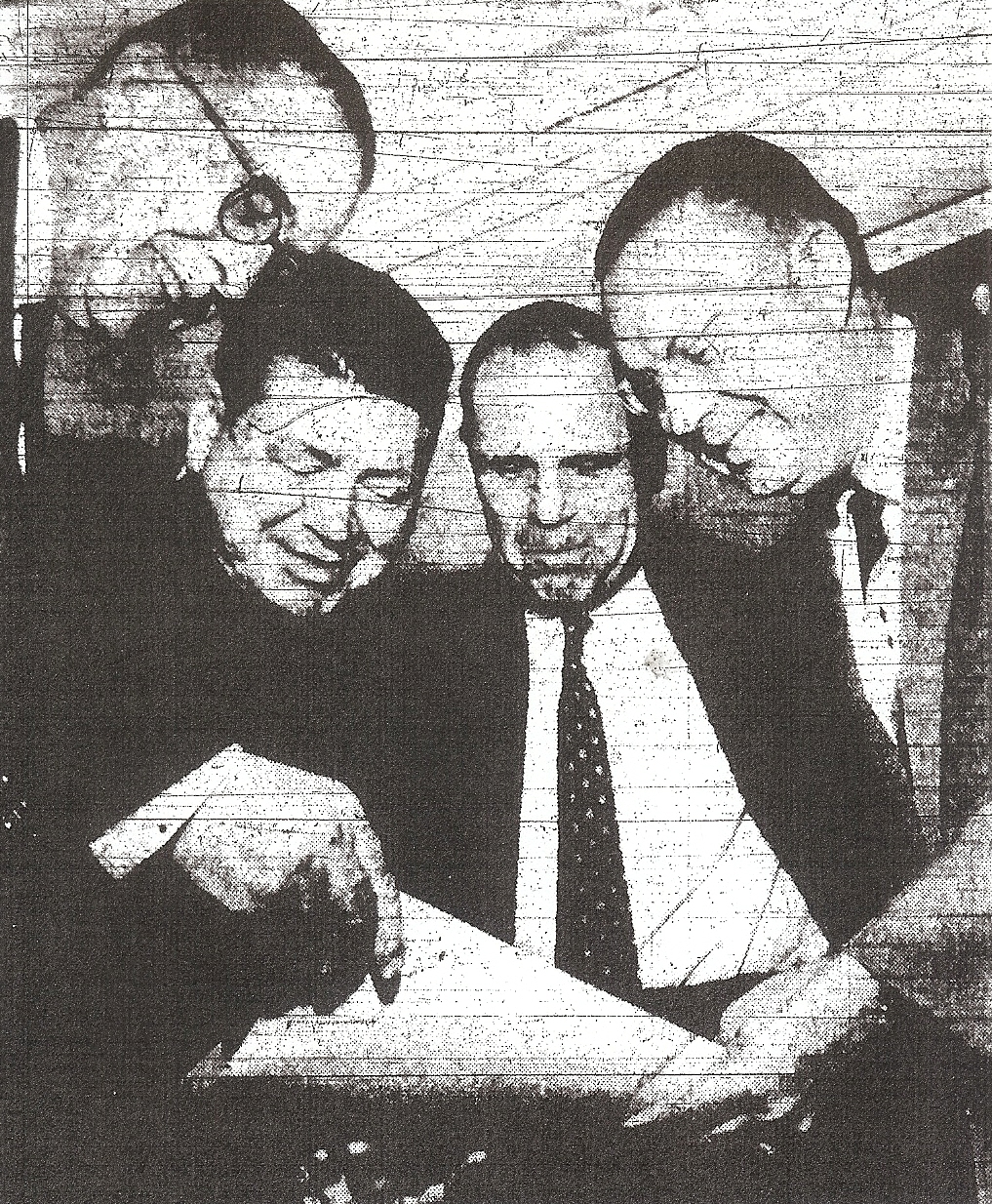1959: East and West San Diego
A town divided.
The City Prep League, founded in 1950, and which followed a smaller, 1930-32 alignment of the same name, was history.
Hoover, St. Augustine, San Diego, Lincoln and Crawford, schools located east of U.S. 395, became part of the new Eastern League.
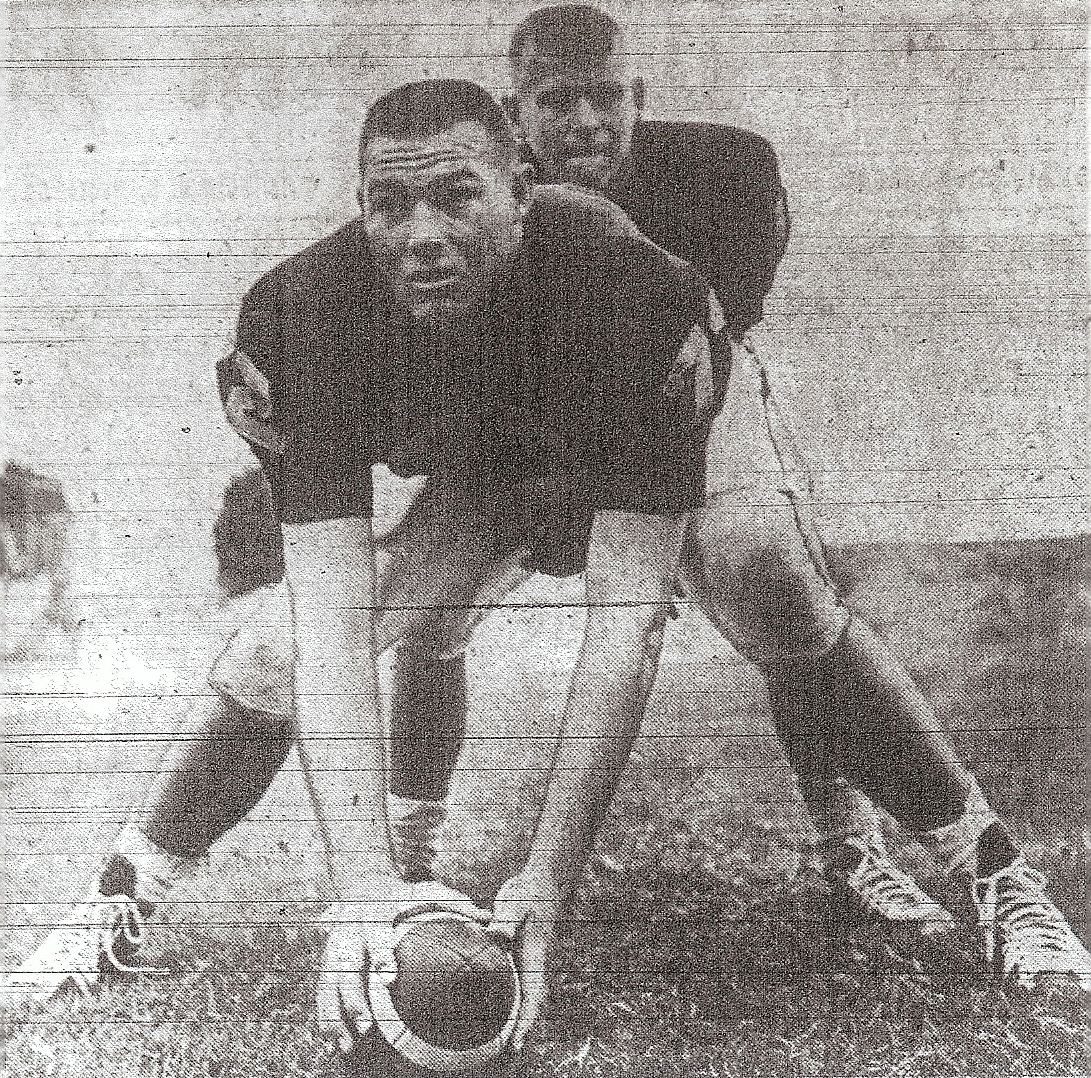
Point Loma, Mission Bay, La Jolla, Kearny, and Clairemont, schools west of 395, represented the new Western League.
Clairemont, the city’s 10th high school, opened and took three lettermen from Kearny and eight from Mission Bay, schools affected by the nascent Chieftains’ enrollment boundaries.
U.S. 395, a Southern portion of which became State 163 in 1972, was a perfect geographical separator, although two schools were very close to the dividing line.
EAST IS BEAST
San Diego High, on Park Boulevard, probably was 100 yards east of 395 as the highway entered Balboa Park. Kearny’s front doors faced Linda Vista Road, in actuality 395.
Geography also favored the various enrollment figures.
The Eastern League embraced the large schools. They would participate in the AAA division in Southern Section playoffs. The Western League would be part of the Southern Section’s AA playoffs in all sports except football.
Southern Section playoffs would be closed to schools in the new San Diego Section, which would begin in 1960.
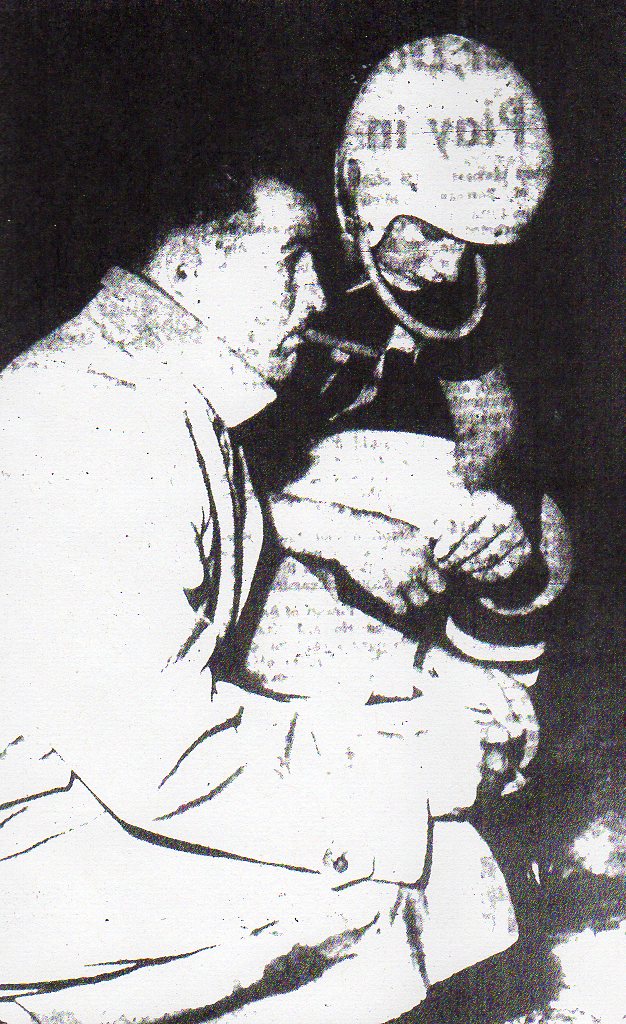
CARNIVALS & CARNIVALS
Three carnivals in two leagues.
That was the menu for the opening of the season. The sixth annual Metropolitan League frolic was a two-venue affair.
Six Northern schools, paired by Escondido-El Capitan, El Cajon Valley-Grossmont, and Helix-Mount Miguel, met at Aztec Bowl.
El Cajon Valley’s Merrill Eacker intercepted a pass and ran 89 yards to a touchdown against Grossmont as the gun sounded the end of the teams’ 15-minute quarter.
Eacker’s touchdown was the only score of the night and gave the Braves a newfound feeling of success. They had lost 14 in a row in the regular season.
The Metro’s Southern schools teed up at Chula Vista. The Mar Vista and Hilltop B teams were scoreless as were the Chula Vista and Sweetwater reserves. Mar Vista shut out the Hilltop varsity 14-0 and Chula Vista’s varsity topped Sweetwater, 7-0.
The Metro’s dual-site event drew about 16,000, with 10,000 at Aztec Bowl and more than 6,000 at Chula Vista.
CITY JAMBOREE GOES DAYTIME
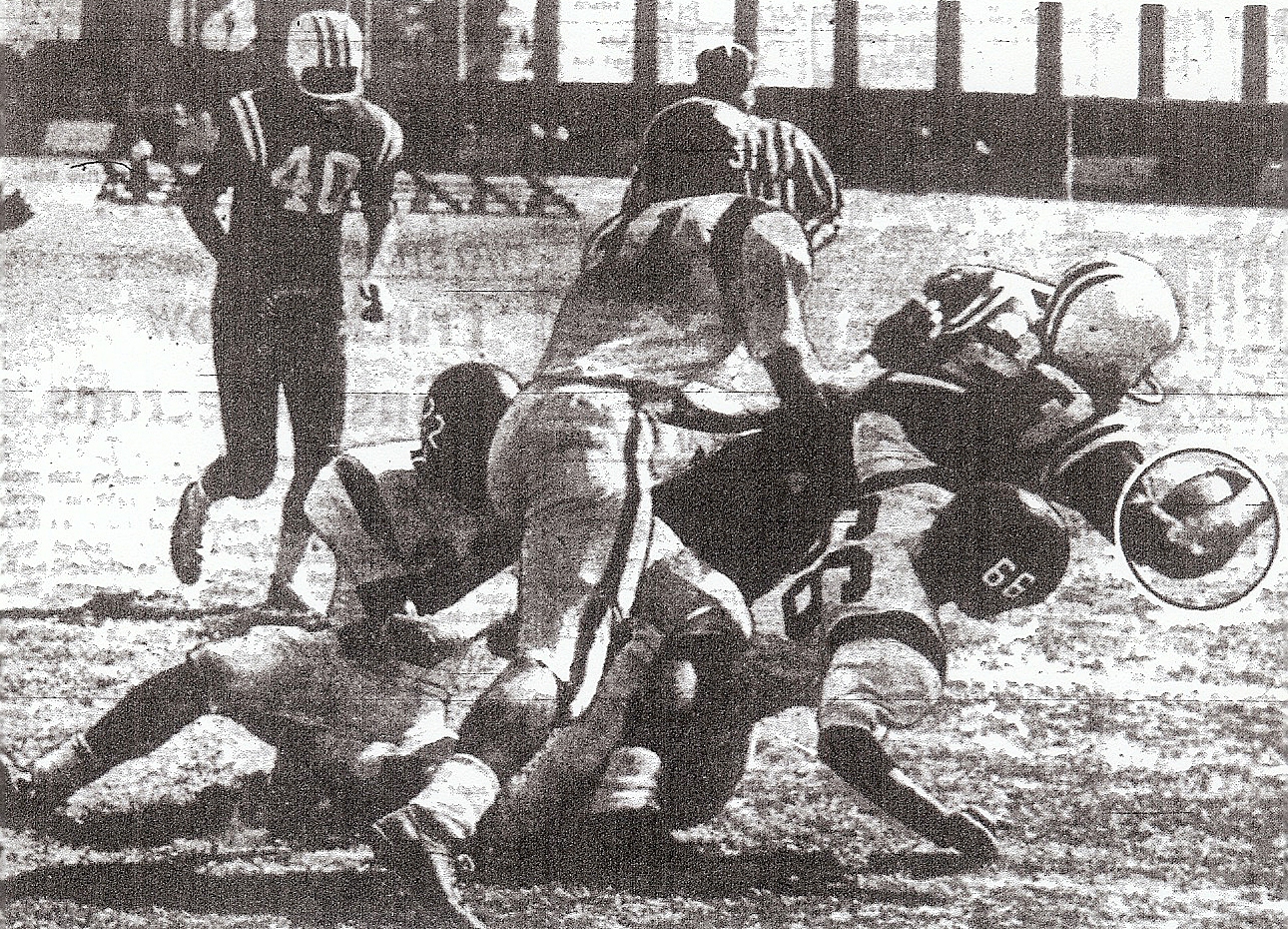
The East-West split worked well in the 21st annual City Schools’ carnival matchups. Teams from each league would be matched in five quarters of play.
The city carnival was played in the afternoon for the first time since 1943, when athletics was deemphasized in the early years of World War II.
The decision to schedule the carnival during the day was made by the City Schools’ Athletic Council as an experiment, according to Charles Byrne, the City Schools spokesman.
“There is no secret that the carnival has been changed from (from night time) because of the trouble experienced (with) rowdy gangs in past years,” said Byrne.
Daytime attendance would play a factor in whether the game returns to its previous format. “This is an important financial project for the schools involved,” Byrne pointed out.
SMALL CROWD
The estimated turnout of 12,000 was the lowest since 1943, when only 8,000 turned out, but San Diego provided the usual fireworks. Emile Wright streaked 56 and 51 yards and H.D. Murphy ran 55 yards in an eight-minute, three-touchdown spree.
The Cavers’ 21-0 rout of Mission Bay gave the East a 34-12 victory.
East teams rushed for 349 yards in the five, 12-minute quarters, which started with Clairemont’s outpointing Crawford, 6-0, followed by Crawford’s outscoring La Jolla, 7-6, Lincoln and Point Loma deadlocking, 0-0, and Hoover’s outscoring Kearny, 6-0.
St. Augustine did not participate. The Saints opened their season the night before at Hoover with a 31-7 victory over Brawley.
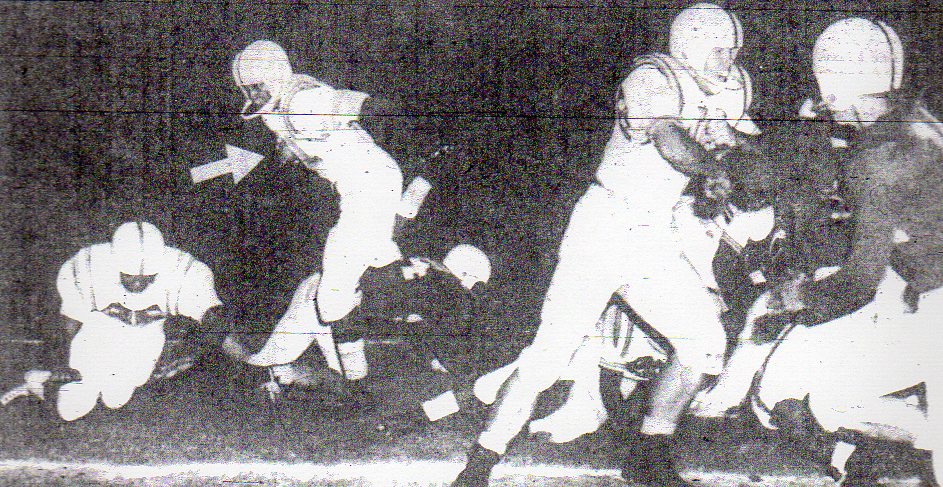
DEEMPHASIS?
Hoover coach Roy Engle spoke at the weekly Union-Tribune Quarterback Club luncheon about a disturbing trend.
“In two or three years it’s possible most if not all of our football games will be played in the afternoon,” said Engle. “The crowds will be lighter and the whole program will be deemphasized. That’s just my personal opinion but I know it’s shared by all of the other high school coaches in the area.”
Engle also decried the lack of junior high athletic programs that make it difficult for San Diego high schools to compete against schools from Los Angeles and surrounding areas.
EXPANSION, CONTRACTION & COACHES
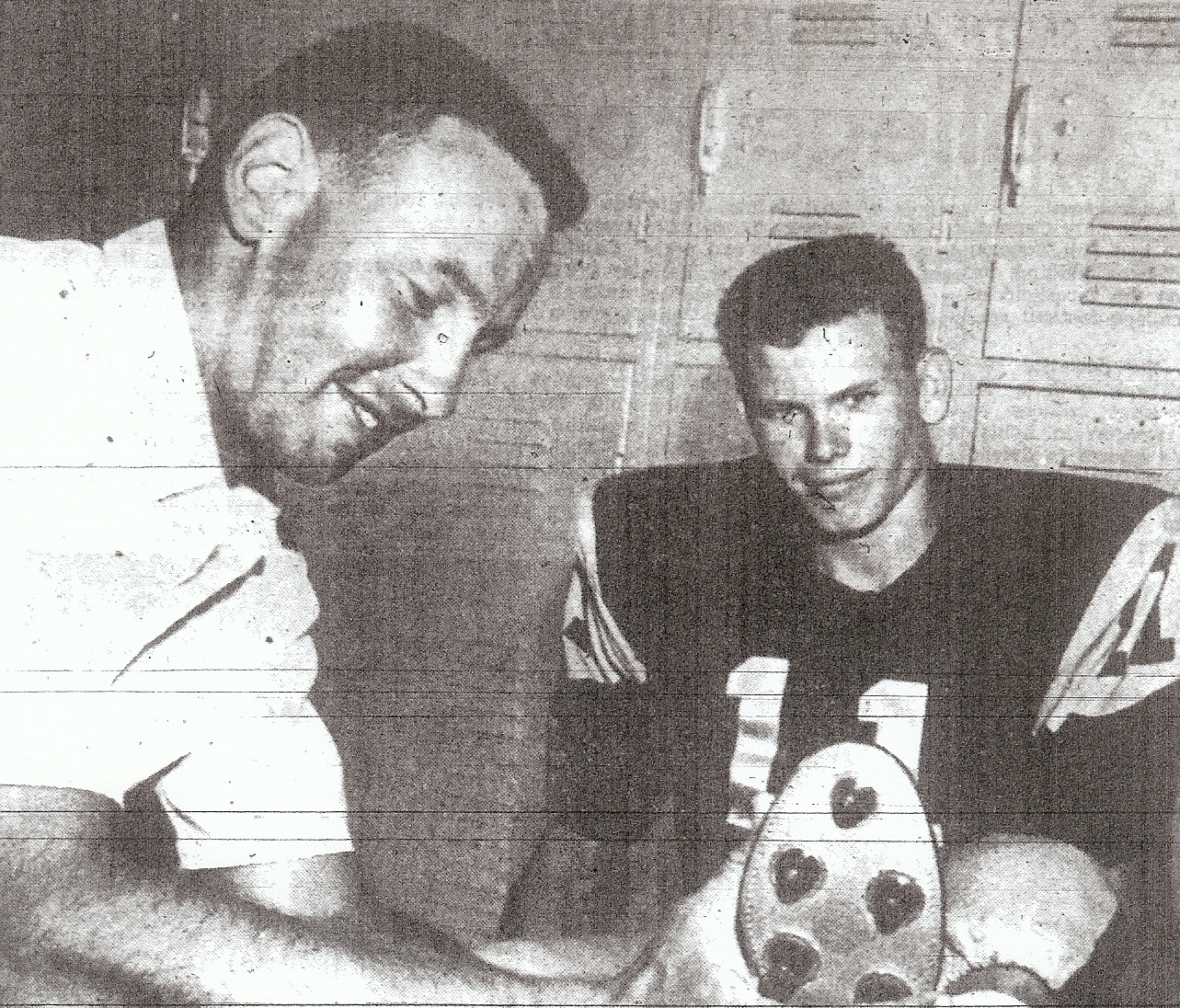
The Metropolitan League greeted two new schools. El Capitan in Lakeside and Hilltop in Chula Vista joined Helix, Grossmont, Mount Miguel, El Cajon Valley, Sweetwater, Chula Vista, and Escondido.
Fallbrook, effectively unable to meet Avocado League athletic standards, moved to the smaller De Anza League in nearby Riverside County. The Avocado, lighter in numbers, offered a more symmetrical lineup of Vista, San Dieguito, Coronado, Mar Vista, Carlsbad, and Oceanside.
The far-flung Southern Prep League numbered Ramona, Mountain Empire in Campo, Rancho del Campo, Army-Navy in Carlsbad, and San Miguel School in National City.
New coaching appointments included Birt Slater (Kearny), Chuck Coover (Mission Bay), Don Henson (Clairemont), Jim Erkenbeck (El Capitan), Bob Tomlinson (Hilltop), and Dick Washington (University).
University, in its third year, was fielding a virtual junior varsity squad.
MOUNTAIN POWERHOUSE
Ramona won its second consecutive Southern California small schools title in its fifth consecutive appearance in the playoffs and third championship game in a row.
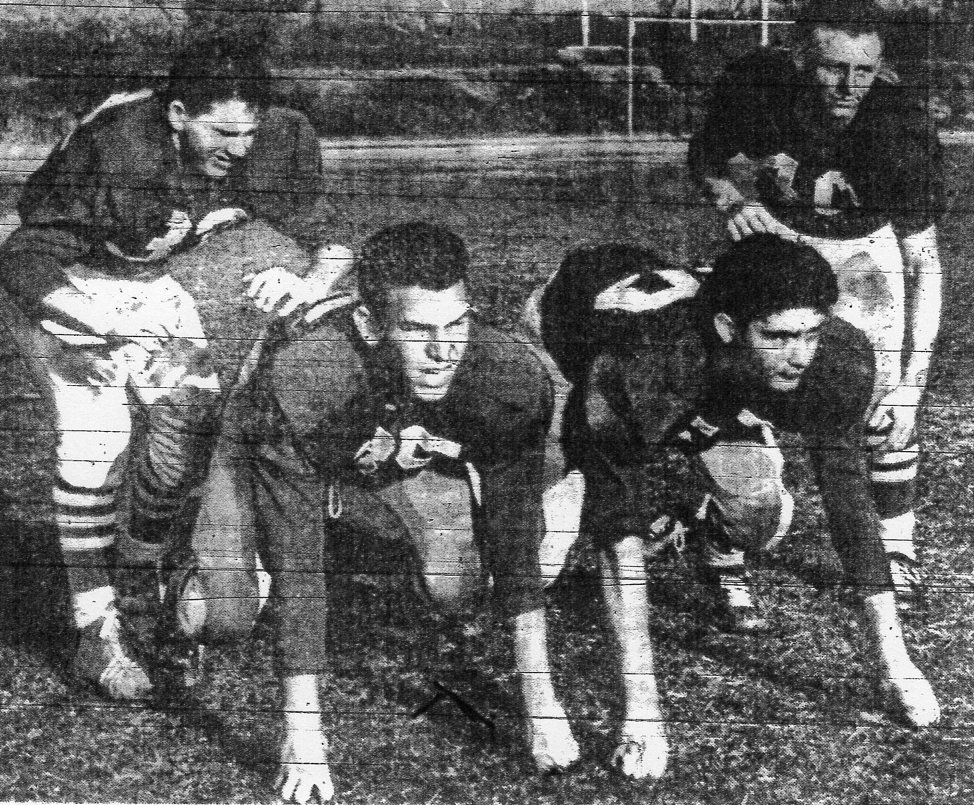
The Bulldogs defeated first-year Rialto Eisenhower, 14-7, before about 3,500 fans at the nearby San Bernardino Orange Show Bowl.
Ramona’s 23rd victory in a row came after coach Bob McCutcheon’s squad broke from a scoreless deadlock as Melvin White ran 14 yards and Allen Brown 4 yards for third-quarter touchdowns.
San Diegans considered Ramona a “mountain community”, although foothill would be more accurate, with its elevation of 1,430 feet in a valley below Mt. Woodson and Iron Mountain.
Expansion had not yet come. Population was maybe 4,000 but at least half that many showed up when the Bulldogs eliminated Needles 20-6 in the semifinals the previous week.
NEED A LIFT?
Talk about being a good sport and nice guy…
After Tom Carter’s St. Augustine Saints had beaten Shan Deniston’s Lincoln Hornets, 21-6, in the final game for both teams, Deniston gave Carter a ride home.
No report on whether Carter’s vehicle was in the shop for repairs or that the single-minded Carter had forgotten to fill his tank and run out of gas.
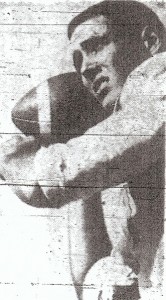
HONORS
Halfback H.D. Murphy was the lone San Diegan on the Helms Athletic Foundation’s all-Southern California first team. Tackle Oliver McKinney and guard Tom Meshack of San Diego High were on the second team and quarterback Steve Thurlow of Escondido and end Tony Gilham made the third team.
Guard Charles Jones and back Melvin White of Ramona made the all-Southern California .lower division third team.
With only two representatives, Hall of Champions executive director F.W. (Bill) Whitney and Evening Tribune writer Paul Cour, on the loaded Los Angeles-area, 21-man selecting panel, it was becoming more difficult for San Diego players to gain recognition.
EMBREY WATCHES AS RECORD BROKEN
The middle of three brothers (preceded by Toby, followed by Nick), Steve Thurlow was an outstanding, three-sport athlete at Escondido and went on to star at Stanford and for the New York Giants of the NFL.
After a 7-1 season in 1958, the Cougars came up short on defense and finished 5-4, but Thurlow left coach Bob (Chick) Embrey with a reminder of his brilliant senior year in a final-game, 39-7 rout of Hilltop.
Thurlow rushed and passed for 286 combined yards and set a school season record with 1,506 combined yards. Embrey held the record 15 years, having combined for 1,430 in 1944.
LEGEND-TO-BE AT OCEANSIDE
Twenty-three-year-old Herb Meyer was named head football coach at Oceanside.
Unbeknownst to Meyer, and anyone else around the mediocre Pirates program, but the 1953 Oceanside graduate and backfield mate of C.R. Roberts was etching the first chapter of what would be Meyer’s legendary career.
The Pirates, after an opening, 13-6 loss to La Jolla, won six of their last seven games to tie for the Avocado League championship.
Forty-five seasons later Meyer would call it quits with 339 victories, ranking him in the top 20 all-time among U.S. prep coaches. He would spend 17 seasons at Oceanside, then, in 1976, open the new El Camino High in Oceanside and stay there for 28 seasons.
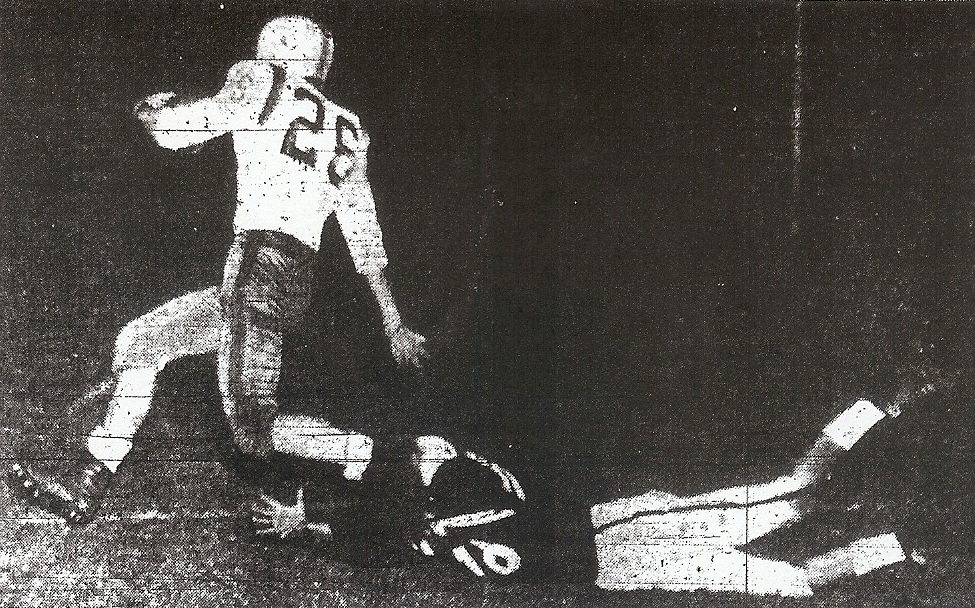
MISPLACED CONFIDENCE?
Clairemont coach Don Henson waxed optimistic about his first-year team, which inherited 11 lettermen and was anointed Western League favorite: “We’re in a position to finish on top. We’re not going for second place.”
Although he had questions about the quarterback position, Henson said, “I think we can fill everything else in adequately.”
The Chieftains finished 1-6-1 and didn’t win a league game.
Point Loma’s Bennie Edens said, “We’ll give a good account of ourselves in this league and I think we could give a good account of ourselves in the other league, the Eastern .”
The Pointers were 4-4 overall, and 1-2 in nonleague games against the East, including a 46-0 loss to San Diego, and were 3-1 for second in the West.
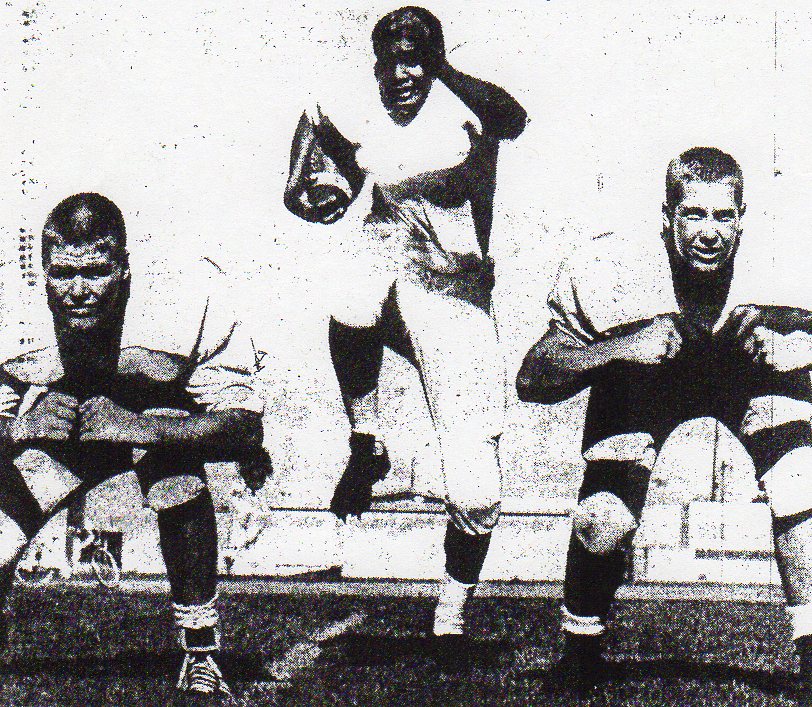
CAVERS RATED TOO HIGH?
San Diego coach Duane Maley complained that the Grid Index, a publication out of Santa Ana, tabbed the Cavers’ second in Southern California preseason rankings. Too high, said the Cavemen’s mentor.
The Top 10: 1, Riverside Poly; 2, San Diego; 3, Long Beach Poly; 4, Montebello; 5, Monrovia; 6, Santa Monica; 7, Redlands; 8, Pasadena Muir; 9, Inglewood Morningside; 10, Downey Pius X.
FACIAL ISSUE?
Granite Hills High, scheduled to open in the fall of 1960, originally was to be called El Granito High, but the dictionary offered several definitions of “granito”, one of them being pimple. El Granito was dropped.
El Capitan was to be called the Knights, but to avoid a conflict with the San Diego Junior College Knights, El Capitan became known as the Vaqueros.
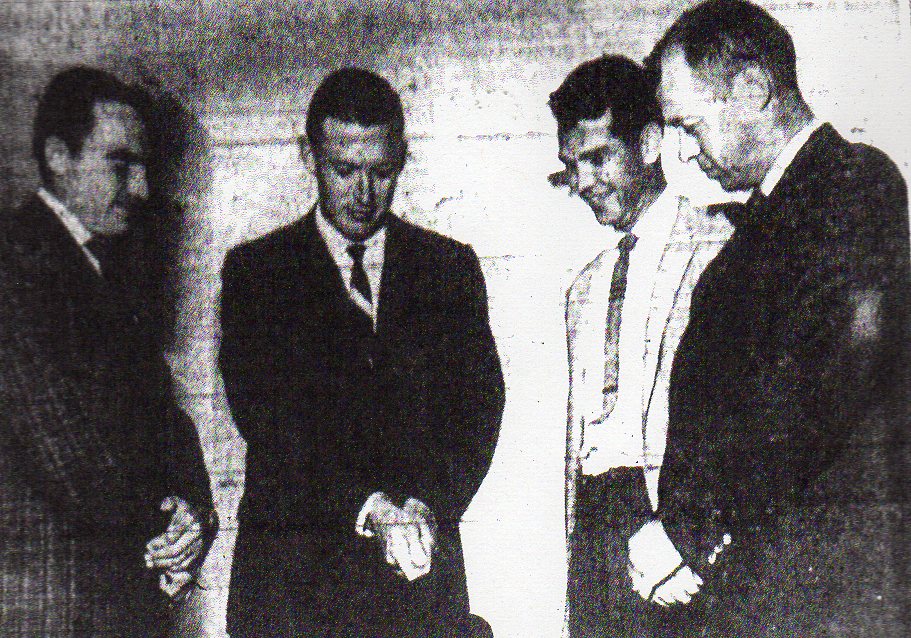
MR. TOUCHDOWN
H.D. Murphy’s four touchdowns in a 53-13 win over Hoover tied a “modern” San Diego High record by Tom Powell, who scored 4 TD’s in a 72-0 rout of Hoover in 1944.
Bert Ritchey scored 4 touchdowns in his sophomore debut in 1924 in a 33-0 win over Sweetwater.
The all-time record, “modern” or pre-historic, is 5. Byron (Pesky) Sprott scored that many in 1916 in an 84-6 victory over Orange High.
SIGN OF THE TIME
Escondido’s Grape Day, started as part of a celebration of California’s 1850 Admission Day in 1905 but discontinued in 1949, was experiencing a revival as the city honored the area’s favorite fruit.
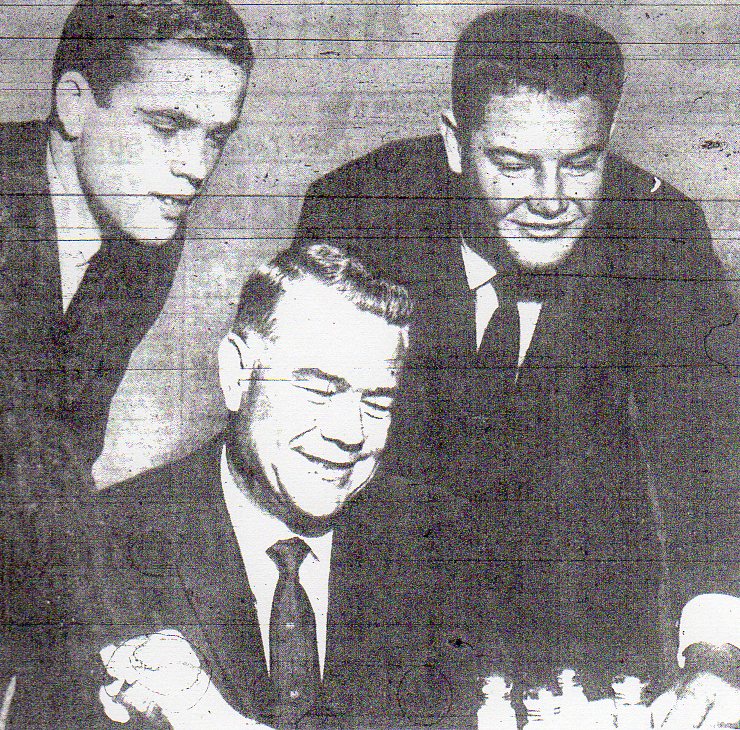
QUICK KICKS
Some San Diego-area schools adopted the wing-T offense made popular by the powerful Iowa Hawkeyes, who won two of the three previous Rose Bowls…Lincoln’s Deniston said he was opting for the single wing…”We’re small…a tenth grader who weighs 76 pounds has asked for a suit,” said Kearny’s Birt Slater…about 200 volunteers from Lemon Grove and Spring Valley raised $10,000 and furnished the labor to give Mount Miguel lights for its football stadium…Helix sophomore George Engle made his first start in the Highlanders’ third game, completing 10 of 11 passes for 145 yards and a touchdown, plunging one-yard for another TD, and directing a 19-0 victory over El Capitan…Hoover ran 56 plays and had more first downs, 12-10, but bowed at Redlands 22-0…Clairemont coach Don Henson, after the Chieftains edged Crawford, 7-6: “Crawford is going to scare the pants off somebody”…the Colts surprised Grossmont, 20-19, the next week but finished 2-6…San Diego’s 21-game regular-season winning streak was snapped when Long Beach Wilson topped the Cavers 14-12 in the season opener…El Capitan and Sweetwater defensed themselves into an 0-0 tie on the same night that El Cajon Valley and Helix waged a scoreless deadlock…through 5 weeks Metropolitan League teams had endured four tie games…”This is a tight old league this year,” said Sweetwater’s Tom Parker…San Diego’s first five opponents were undefeated when they played the Cavers…an 11 p.m. telephonic vote among six Avocado League principals elevated Mar Vista into the Southern Section playoffs…”The sole consideration in the vote was that Mar Vista had beaten Oceanside in our mutual game,” said Mariners principal Myron Smull…Oceanside and Mar Vista had tied for the title with 4-1 league records but the Mariners had a 21-7 victory over the Pirates…Gary Potter’s 14th consecutive point after touchdown boosted Vista past Coronado 14-13 and knocked Coronado out of an Avocado co-championship…San Diego won a coin flip and chose Balboa Stadium as the site of its first-round playoff versus Chula Vista…
